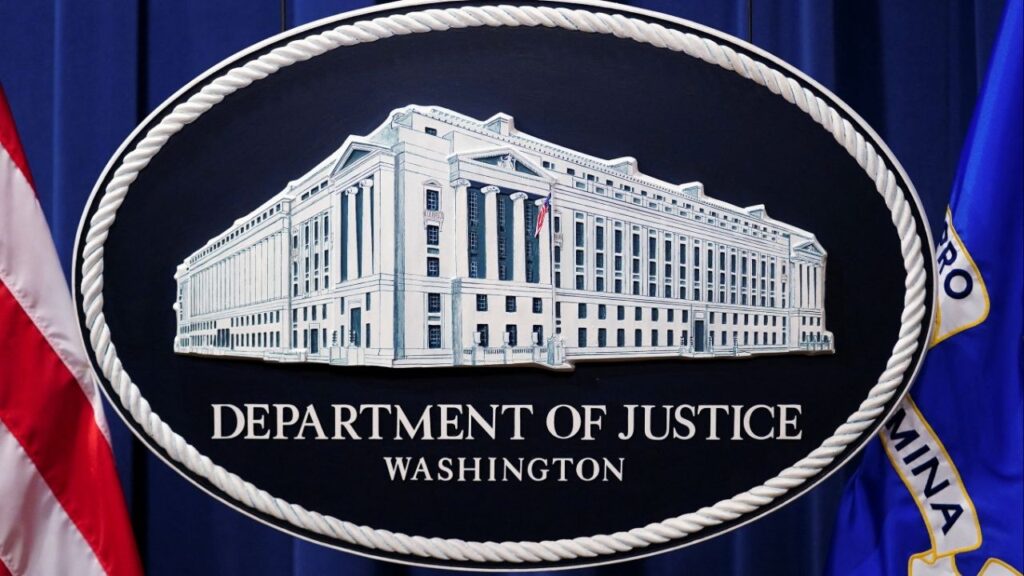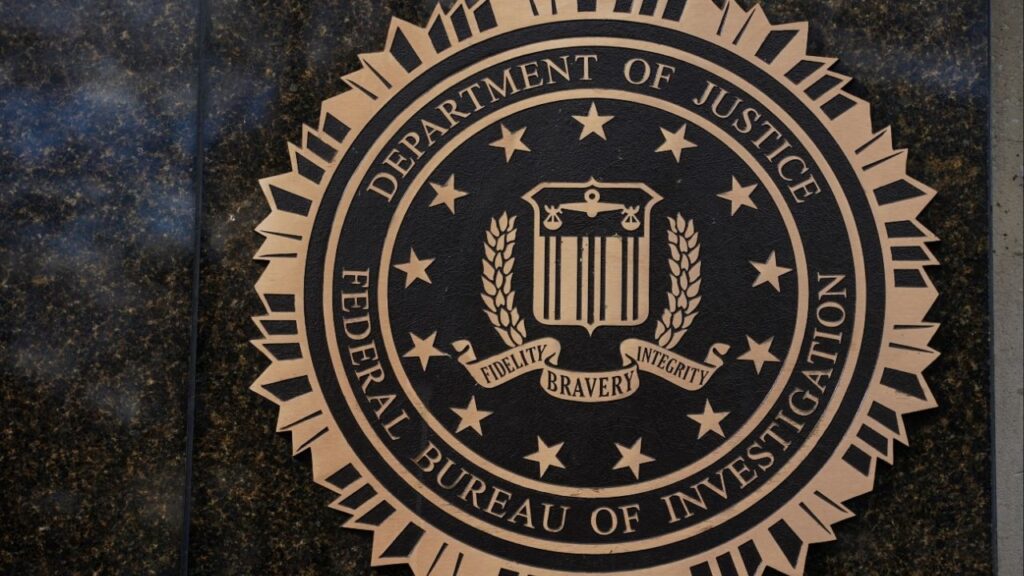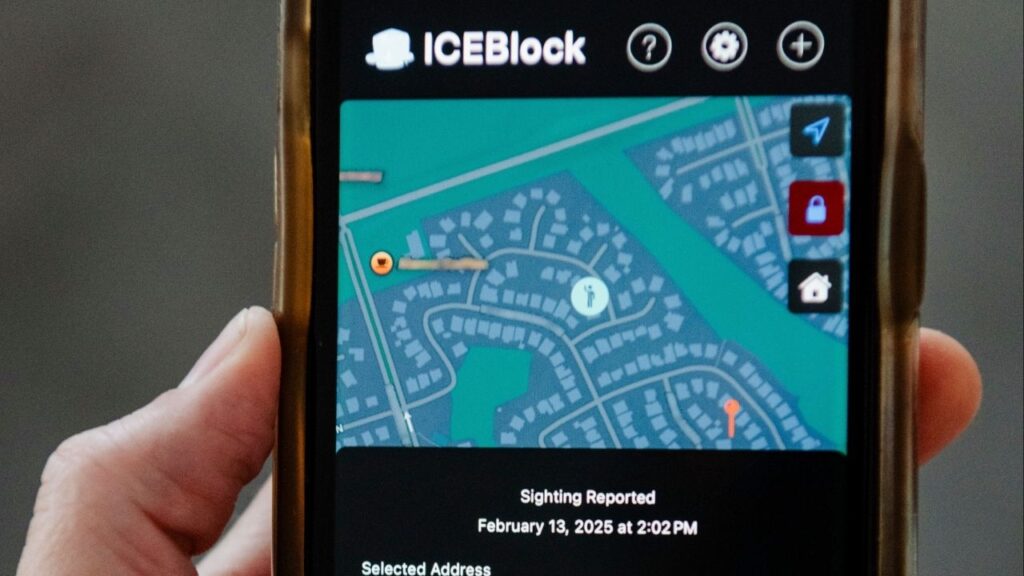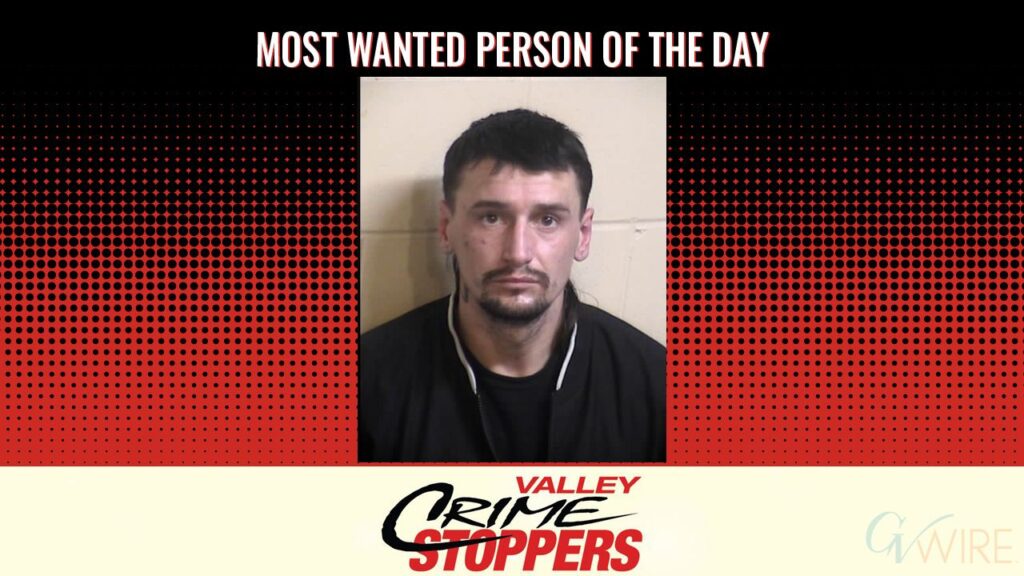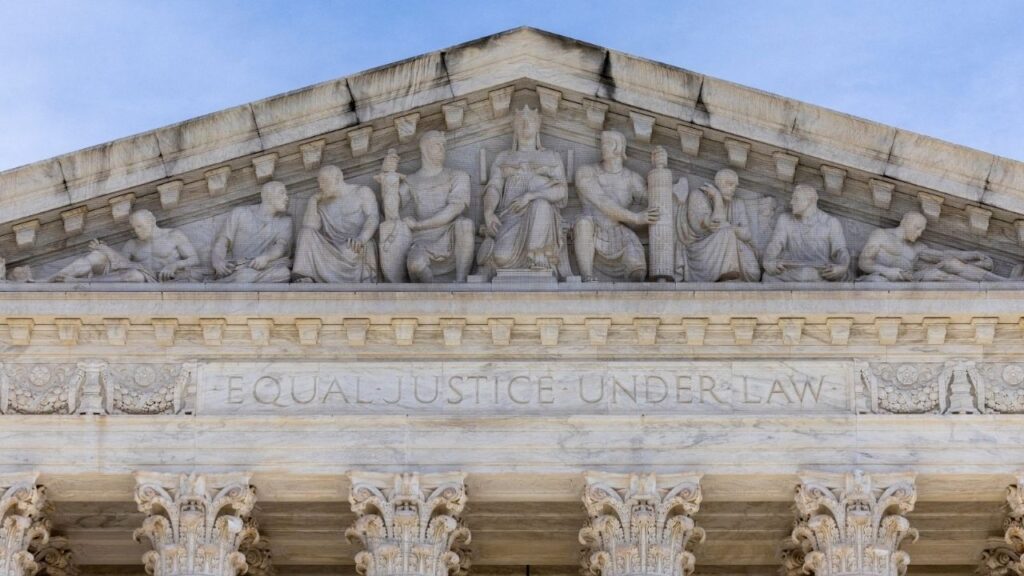Share
They are nurses and doctors, artists, students, construction workers, government employees; black, brown and white; young and old.
Hundreds of thousands of demonstrators have taken to the streets in big cities and tiny towns in every U.S. state – and even around the world – to protest the killing of George Floyd, who died after a police officer pressed his knee into his neck as he pleaded for air.
Most say they do not support the violence, fires and burglaries that consumed some of the demonstrations, but some understand it: these are desperate acts by desperate people who have been screaming for change for generations into a world unwilling to hear them.
Yet suddenly, for a moment at least, everyone seems to be paying attention.
A Washington Post-Schar School poll shows roughly three-quarters of Americans support the protests, and a wide majority, 69%, say they see the killing of Floyd as a sign of broader problems in policing. That is up dramatically from a poll six years ago, that showed just 43% found the killings of unarmed black men as signs of larger problems.
Some demonstrators describe losing friends and family to police bullets, and what it feels like to fear the very people sworn to protect you. Their white counterparts say they could no longer let their black neighbors carry this burden alone.
Some describe institutional racism as a pandemic as cruel and deadly as the coronavirus. One white nurse from Oregon who traveled to New York City to work in a COVID unit saw up close how minorities are dying disproportionately from the disease because of underlying health conditions wrought by generational poverty and lack of health care. So after four days working in the ICU, she spent her day off with protesters in the streets of Brooklyn.
The stories of these protesters, several of them told here, are thundering across the country, forcing a reckoning with racism.
___
‘They’re Scared of Us’
Lavel White was a junior in high school, living in public housing in a predominantly black, historically impoverished neighborhood in Louisville, when he turned on the news and saw that a police officer was acquitted for shooting a young black man in the back.
Next time, he thought, it might be me.
The 2004 killing of 19-year-old Michael Newby propelled White to activism. He is now a documentary filmmaker and a community outreach coordinator for the Louisville mayor’s office.
Still, he knows that if he got pulled over and made a wrong move, he could die.
He’s had his own frightening run-ins with police, treated like a criminal for a broken taillight and another time in a case of mistaken identity. There are the smaller slights, too, like white women clutching their purses when he passes them on the street.
“They fear people’s black skin. They’re scared of us. They see every black male as a thug, as a criminal,” he said. “The vigilantes, the cops. People keep killing us and it’s got to stop.”
He’s been at the protests in his neighborhood almost every night, and worries his neighbors will live with the trauma the rest of their lives: the military truck on city streets, the tear gas, the boom of flashbangs, soldiers with assault rifles, police in riot gear.
He and his wife have a 2-year-old daughter and a son, born just three months ago.
“Just because of the color of his skin, he’s going to be set back by the oppression of 400 years of slavery and Jim Crow Laws and injustice, inequalities, racism, he’s going to have to walk and live that life,” he said.
They want him to grow up tough enough to stand up for his rights and his community.
So they named him Brave.
— By Claire Galofaro

‘Father Forgive Them’
Once, when George Jefferson was a college student in California, he rolled up to a party with several friends just as people rushed to leave. Sirens blared.
He was let off with a stern warning to follow police instructions. But his unease grew after another encounter with police soon afterward, in which a friend was pulled over and forced to sit on the curb. Police said the car’s tag was expired; his friend argued. The advice they got was to file a complaint.
“But that didn’t address the feelings and dehumanization that came with it,” Jefferson recalled. His experiences led him to protest, teach his students about race, demand change.
In his classroom, he has posted pictures of unrest in Baltimore and Ferguson, Missouri, where Michael Brown’s death at the hands of a white officer in 2014 sparked intense protests. He has asked students for their observations, and assigned books, like “One Crazy Summer,” which is set in Oakland, California, in 1968, after the assassination of Martin Luther King Jr.
Fred Hampton was one of two Black Panther Party leaders killed in a 1969 police raid in Illinois; in February, Jefferson had his face tattooed on his arm. He plans to add to another tattoo — a line from scripture, Luke 23:34: “Father, forgive them; for they know not what they do.”
It is a reminder to fight for equality.
“That,” he said, “is a life worth living.”
— By Heather Hollingsworth

‘There Are Other Ways to Protest’
Even at 36, Jahmal Cole recites the pledge from his preschool graduation: “We the class of 1988, determined to be our best at whatever we say or do, will share a smile and lend a hand to our neighbor …”
“It really became the mission statement of my life,” says Cole, the founder of a Chicago organization called My Block, My Hood, My City.
He has started a relief fund for small business in low-income neighborhoods damaged in protests. Youth in his organization’s mentoring program are helping with the cleanup, sweeping up glass and erasing graffiti.
He’ll march. He’ll shout and express his anger. But he draws the line at destruction.
“We got residents who gotta go 20 minutes away to get some milk right now,” he tells a crowd assembled for a peace rally and food give-away in Chicago’s largely African American Chatham neighborhood. Its commercial district was hard hit by looting.
Members of the multiracial crowd nod and clap. Many of them know this man. They’ve heard his constant push for neighbors to work together to make change.
Cole wants his neighbors to organize.. “Ain’t no structure in the gangs, and that’s why there’s all this shooting. Ain’t no structure to the protests, and that’s why there’s all this looting,” he wrote in a column published recently in the Chicago Tribune.
And he wants to build on the momentum. “I want to make sure we’re protesting by calling our local officials … by going to the school board,” he tells the crowd. “There are other ways to protest.”
— By Martha Irvine

‘Youth Are Impatient Now’
Growing up as a black Muslim in the racially and religiously homogeneous state of Utah, Daud Mumin always knew he was treated differently.
And he recalls the question that none of his white classmates were asked on the first day of AP French in his junior year: “Are you in the right class?”
The Black Lives Matter movement gave Mumin a place where he felt at home, and the protests around the world since Floyd’s death give him hope that change is coming.
“It’s beautiful to see such large and consistent outcomes and turnouts in these protests,” said Mumin, a 19-year-old college sophomore double majoring in justice studies and communication. “When I was 14 years old, I never thought a world like this would exist.”
But that doesn’t mean he’s not angry and impatient. He wants to see the movement lead to defunding of police departments. His Twitter handle, “Daud hates cops,” shows his resentment.
He said protesters shouldn’t go into demonstrations intentionally trying to cause violence, but also can’t sit back and wait for the government to make things better.
“What is it going to take for us to finally crumble these oppressive systems? If peace is not the answer, then violence has to be,” Mumin said. “America has finally had enough of waiting for action to be taken. The youth are not tired. The youth are impatient now. I think we’re done waiting around and sitting around for justice to come about.”
— By Brady McCombs

‘I Feel Rage’
Becca Cooper traveled from Oregon to New York in early April, taking leave from her job as a critical care flight nurse to help combat the coronavirus pandemic seizing the city.
She walked into an unfair fight — one afflicting certain communities more than others.
“In the last seven weeks, I’ve had three white patients,” she said. “I’m pretty sure that New York isn’t less than 1% white.”
“We all read in the newspaper that COVID is disproportionately affecting communities of color. It is so in your face in the ICU.”
The experience has highlighted for Cooper frustrations with the health care system — “I see it every day, and it’s devastating.” It also fueled her disgust when she watched video of Minneapolis police officer Derek Chauvin kneeling on George Floyd’s neck.
That anger is what brought this white nurse into the streets of Brooklyn’s Bed-Stuy neighborhood last week, where she marched with hundreds of protesters in her light blue medical scrubs.
“I feel rage,” she said. “I feel sadness. I feel frustration. I feel disbelief. I became a nurse to save as many lives as possible. I would like to believe that someone who chose to be a law officer, a police officer, would have the same feeling.
“I feel so frustrated. I’m not out here working every day to save as many lives as possible so that police officers can choose to take those lives.”
— By Jake Seiner

‘Sweden in Solidarity’
Aysha Jones lives a world away from the Minneapolis street where George Floyd died — more than 4,200 miles, 6,800 kilometres, in Sweden. But she felt she had to protest.
“I became involved out of pure frustration, and the wish to see myself, my kids, my fellow black brothers and sisters around the world having a better life, being equal, being seen as who we are humans,” said Jones, who was born in Gambia.
Many black people who live in Sweden are recent immigrants from Africa – the nation had very few people of color until the past 50 years. Sweden ranks high on equality indexes and prides itself on liberal migration policies, but Jones says bigotry is far from vanquished.
“We have had politicians here in Sweden who normally never acknowledge the fact that racism is a structural problem, it is a pandemic just as much as COVID-19,” she said. “Our politicians have the audacity normally to just push it off and say, ‘No, it doesn’t happen here, it happens over there.’ Wherever over there is.”
The nation has strict rules regarding public gatherings amid the COVID-19 pandemic, so Jones helped launch digital protests.
Jones urged people to join a virtual demonstration anchored by a small group of activists and speakers in front of the U.S. embassy in Stockholm, inundating the embassy’s Facebook page with a photo of the Black Lives Matter logo and the words “Sweden in Solidarity.”
More than 6,000 people watched the live video stream and over 60,000 participated in the protest in one way or another; in the following days, thousands took to the streets in protest.
Jones, who works full-time and has three young children, is pleased that Black Lives Matter protests have sparked widespread discussions online and in Swedish media, but warns that words alone aren’t enough.
She wants changes in how police are recruited and trained. She wants better laws, and better efforts to ensure the laws are upheld.
“You know, with money comes power,” Jones said. “And that’s something that is being kept from black people, is something that has been kept from black people in centuries. So there is so much to touch upon.”
— By David Keyton

‘It’s Extremely Important to Me’
Indigenous Australian Wendy Brookman was incensed with Prime Minister Scott Morrison’s reaction to the violent clashes on U.S. streets following George Floyd’s death with the comment.
“Thank goodness,” he said, “we live in Australia.”
The 37-year-old mother of five joined 2,000 people in a peaceful protest in the Australian capital Canberra because she wants police brutality and the high incarceration rate among Aboriginal people put on Australian governments’ agenda.
It’s disrespectful for families who have had to bury loved ones to hear the government gloss over the country’s problems, she said.
Indigenous Australians account for 2% of the nation’s adult population and 27% of the prison population.
“Being a mother of five children, it’s extremely important for me to make sure that my children are given the same rights as any other child growing up in this day and age,” said Brookman, a teacher and women’s gym owner.
Tens of thousands of demonstrators have joined largely peaceful anti-racism rallies in all of Australia’s major cities since Floyd’s death. One focus: an Australian police officer charged with murder in the shooting death of a 19-year-old Aboriginal man in November.
The officer, Zachary Rolfe, has pleaded not guilty and said he was defending himself, and has been released on bail to live with family in Canberra. Brookman believes he will be acquitted due to Australia’s poor record of convicting police over indigenous homicides.
“That’s unacceptable that we know that he’s not going to get convicted,” she said. “It’s imperative that this is a discussion that’s spoken about and not hushed away.”
— By Rod McGuirk
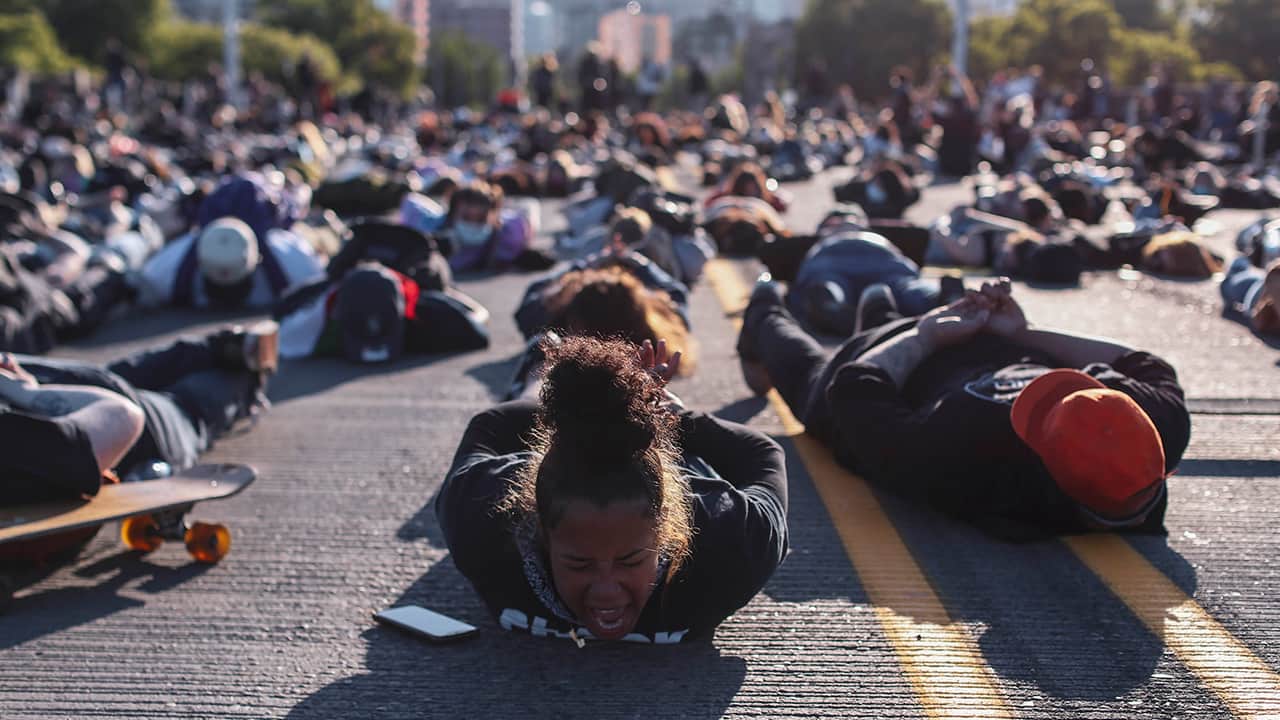
‘Stop Killing My Friends’
Protesting is a passion in Siggy Buchbinder’s family. Her father took part in demonstrations against the Vietnam war in the 1960s, then brought her to her first one in 2003, protesting military action in Iraq. She went on march for women’s rights.
“I think people need to stay in the streets. I think it was working and I think it will continue to work,” Buchbinder said. “Now is not the time to let up. Now is the time to go even harder.”
Even among the many white New Yorkers who joined demonstrations following Floyd’s death, Buchbinder, 27, stands out. She is nearly 6 feet tall and looked even bigger with her arms raised high, holding a sign that read “Stop killing my friends.”
Buchbinder was one of four white graduates in her high school class of 172 in 2011, and says many of her friends are people of color: “It would be wrong to not stand and fight with them.”
She doesn’t lead chants, believing the speaking should be left to black protesters. Nor was she concerned about the curfew that was in effect most of the week. Fear of what the police might do has always been something her friends had to worry about much more than she did.
“I think my friends have always been kind of nervous of the cops,” Buchbinder said. “I think growing up they don’t mess with the cops. They don’t get into situations where they could be in trouble.”
— By Brian Mahoney

Supporting ‘Other People of Color’
Around the time George Floyd died, Eileen Huang was asked to write a poem about Chinese people in the U.S. to commemorate a new documentary about Asian Americans on PBS.
What came out, instead, was a searing 1,600-word letter from the incoming Yale university junior to her immigrant elders, pleading with them to understand the massive debt owed to African American civil rights leaders, beseeching them to join a global movement to fight anti-black racism.
“We Asian Americans have long perpetuated anti-Black statements and stereotypes,” Huang wrote. “I grew up hearing relatives, family friends, and even my parents make subtle, even explicitly racist comments about the Black community. … The message was clear: We are the model minority —doctors, lawyers, quiet and obedient overachievers. We have little to do with other people of color; we will even side with White Americans to degrade them.”
Huang, 20, grew up in the small and largely white New Jersey township of Holmdel. The oldest of three children born to engineers who moved to the U.S. in the 1990s, she wasn’t taught much about the history of black people in America.
It wasn’t until college that she learned of the 1982 beating death of Vincent Chin by two white men who thought Chin was Japanese. The men were convicted of manslaughter but sentenced to probation; the judge said the men weren’t the kind of people to go to jail.
African American leaders, notably the Rev. Jesse Jackson, marched with Chin’s anguished mother, seeking justice.
Huang came to realize Asian Americans owe “everything” to the black Americans who spearheaded the civil rights movement, which led to an end to racist terms like “Oriental” and housing policies that kept them out of white neighborhoods.
“We did not gain the freedom to become comfortable `model minorities’ by virtue of being better or hardworking, but from years of struggle and support from other marginalized communities,” she wrote.
Her outrage over Floyd’s death pushed her to a protest in Newark, then another in Asbury Park, where a terrified Huang and others faced off with armed police officers in riot gear.
Her letter, posted to a website aimed at Chinese speakers in the U.S., has sparked passionate responses, including many that accuse her of being a traitor and of unfairly painting Chinese in a negative light.
“I’ve also just gotten very sweet (messages) from people saying, ‘My grandmother read this, my Chinese-can’t-speak-English grandmother read this, and she was really touched by it and now she’s supporting Black Lives Matter,’” she says.
– By Janie Har

‘I Kneel With Y’all’
The Brooklyn intersection was crammed with thousands of demonstrators, a massive rally to protest police brutality just days after George Floyd died. Police were mixed in with the crowd.
“We implore you! Please!” a protester says with a bullhorn, talking directly to the officers. “Take a knee in solidarity with us.”
“Real talk,” he said to the crowd. “I respect your right to protest. All I’m asking is for you to do it with peace. I kneel with y’all because I don’t agree with what happened. Listen, y’all are my brothers and sisters.”
Maddrey, who is black, is a veteran officer now in charge of the NYPD’s Brooklyn North division, which encompasses a large, diverse swath of the borough. It has seen widespread unrest in the weeks since Floyd’s death; the Brooklyn native blames generations of inequality and tension within law enforcement and the community.
“The reason I took a knee was to start bringing about peace and unity and healing between members of the police department and members of the community,” he said.
Maddrey said he thinks the NYPD should use this as an opportunity to meet with black community leaders and improve relations.
“I think we just need to increase our positive contacts where, you know, young men, young black men, people of, you know, of all communities to feel safe with their police department,” he said.
He stopped short, however, of suggesting specific changes in police training and policy.
“There are things, a lot of things, that the police department can push over to other agencies and should push over to other agencies. And if they take away certain responsibilities that we don’t have to do anymore and they’re going to fund another agency to do that, then me, personally, I’m not against it,” he said.
— By Colleen Long

‘Finally People Seem to Understand’
Ashley Quinones started protesting months ago. Since her husbaseechinnd was shot and killed by police in Minnesota last September, she’s been to city council meetings and state commissions. She’s protested on street corners, once shutting down streets and a light rail line.
Sometimes others joined her, but mostly she did it by herself. She is no longer alone.
“Finally,” she said. “I’ve been out here for nine months by myself. Now finally people seem to understand what our families are going through.”
Her husband, 30-year-old Brian Quinones-Rosario, who was Puerto Rican, was chased by police for driving erratically. He was shot and killed by officers seconds after getting out of his car; he was carrying a kitchen knife, and officers said he lunged at them.
Authorities alleged he was suicidal and provoked the police to shoot him, The Associated Press previously reported. His wife denies it, and says he was calm in the moments before the shooting. In February, the Hennepin county attorney declined to file charges against the officers and said their use of deadly force was “necessary, proportional, and objectively reasonable.”
But Quinones, who has filed a lawsuit against the cities involved, said they failed to follow their protocol and reacted out of fear, instead of deescalating the situation.
“They are afraid of black and brown bodies,” she said.
“George Floyd is the face of thousands of murders. People are not burning the city down over just George Floyd. He is the straw that broke the camel’s back and opened up the eyes of people who weren’t paying attention to the thousands before him.”
She wants her husband’s case reopened and re-examined, and she believes every other police killing should be, too. She said her white friends now cannot look away: “Now, you see it. What are you going to do about it?”
Since the nationwide protests have erupted, she has joined every day. She was a guest speaker at 15 events in a single week. She had been laid off from a car rental company during the shutdown caused by COVID-19. Now she’s devoting every minute of her life to this cause — even, she said, if it consumes her and she loses everything.
“I will be a homeless, car-less, jobless protester if that’s what it takes because I’m not accepting it. I haven’t accepted it and I’m not accepting it,” she said. “They ruined my life. Overnight everything was gone, and now I have to live with what someone else says my life is.”
— By Claire Galofaro
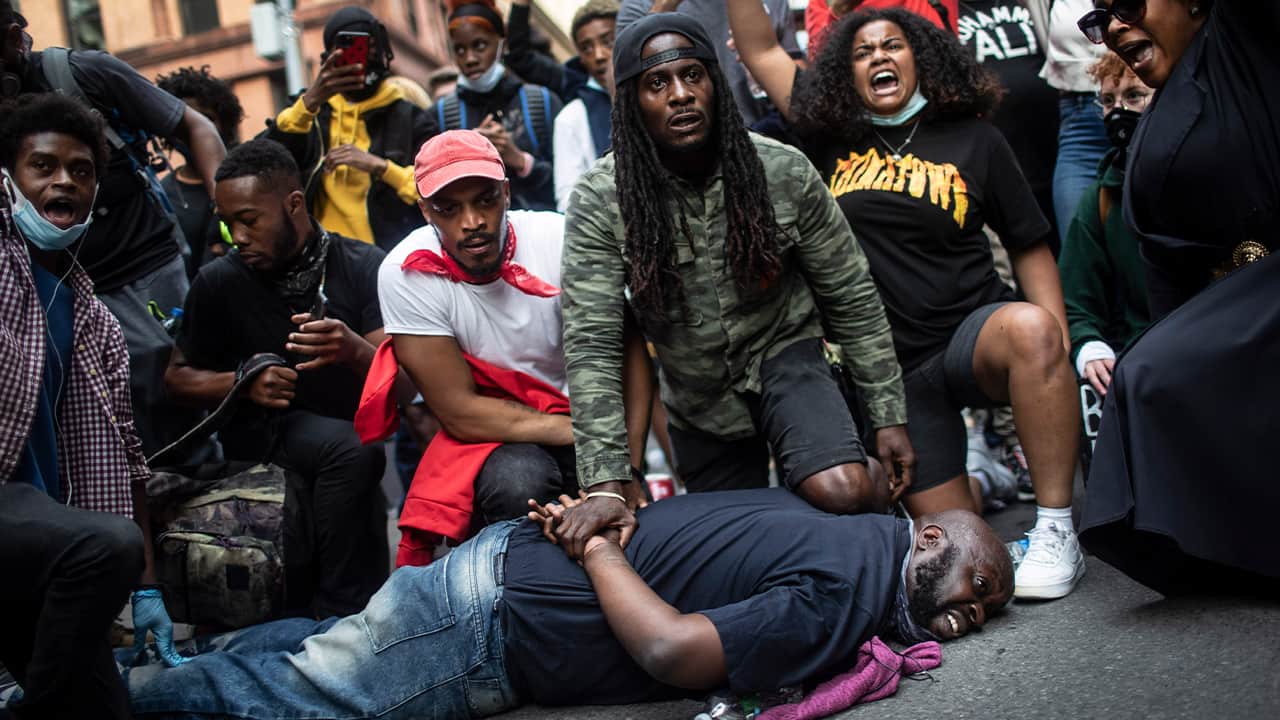
‘Everyone That I Love Is Black’
Tachianna Charpenter grew up in Duquette, Minnesota, a town of less than 100 souls in the mostly white northern region of the state. Charpenter, who is mixed race, said she constantly encountered racism as the only black child in her school.
Classmates would touch her hair to “see if I could feel it.” They’d talk about wanting to date a black woman when they got older — “not a black girl like Tachi, a real black girl.”
There was the student who whispered “I hate black people” when she was around. And another who spit on her in the fifth grade.
Charpenter moved to St. Paul to start her education at Hamline University in 2017. There, she learned the vocabulary to describe her experiences growing up, words like “microaggressions” and “implicit bias.”
In recent weeks, she joined demonstrators in Minneapolis in the wake of Floyd’s death. She felt compelled, “first and foremost because I’m black, and everyone that I love is black.”
She’s 21 now, a special education teaching assistant, and she said she is fighting to ensure that her students will not grow up to protest — and be tear-gassed — for the same issues.
“Now as an adult and being aware of these things, I intentionally go out of my way to challenge those narratives,” she said. “Especially because some of those people see me and say that they look up to me, so I’m hoping that my actions cause them to challenge what they’re thinking about.”
— By Mohamed Ibrahim

‘Still Crying the Tears of Emmitt Till’
Growing up black in Napoleonville, Louisiana, known as “Plantation Country,” Janae Jamison attended a predominately white private school. She felt stifled with a fear of not being accepted.
Attending a historically black college helped her find her “voice” — one she says she’s using not just for George Floyd, but for the many black men and women who have been murdered because of their race.
And that brought her to rally among the thousands who gathered around Jackson Square in the New Orleans’ French Quarter.
“It’s 401 years of oppression that has led me here,” said Jamison, 30. “It’s 246 years of slavery that has led me here. It’s 89 years of segregation that have led me here. And from 1954 until this day, and 66 years past post-segregation and a black man still has less rights than actual animal. That within the dark of night, it’s still OK for a black man to be racially profiled. … And many black women as well.
“I look at Sandra Bland, and I see myself. I look at Breonna Taylor. I see myself. Atatiana Jefferson – I see myself. So, it’s very important that we say their names and that people realize that it’s just not George Floyd that we are fighting for. We are still crying the tears of Emmett Till. ”
— By Stacey Plaisance

‘Black Power… Exists Everywhere’
Nedu Anigbogu’s parents wanted more for their children, and so they immigrated from Nigeria in the 1990s. They raised Nedu and his two older brothers in the San Francisco suburb of El Cerrito.
He recalls his mother taking him and his brothers aside after Trayvon Martin, an African American teen, was fatally shot by a neighborhood watch volunteer in 2012. She warned them that people will treat them differently, because of their race.
“At first I felt confusion,” he said. “Then there was sad acceptance.”
Anigbogu wants convictions for the police who killed Floyd, as well as Breonna Taylor, an African American emergency medical technician who was fatally shot by Louisville Metro Police while asleep in her own home. He wants better police training. He wants to end the legal doctrine of qualified immunity that shields police officers from lawsuits.
The incoming senior at the University of California, Berkeley had signed petitions and donated money to the family of George Floyd, but he felt a duty to protest in person. So on June 3, he joined what would become a 10,000-person march through San Francisco’s Mission District.
Someone gave him a horse to ride, so he did.
“To see a black queen on a horse, a black king on a horse, that you’re showing you are rising above it all and that black power exists, and it exists everywhere,” Anigbogu said.
– By Janie Har






